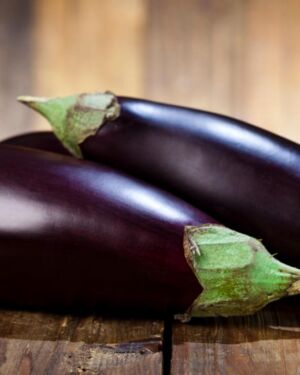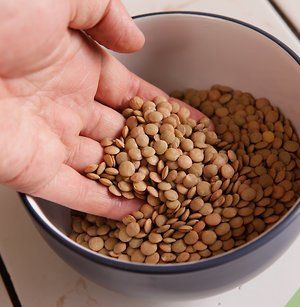Sweet Potato (Patate Douce) just like regular potatoes grows underground. The Sweet potato (Patate Douce) can vary in size from fusiform to oblong or even pointed oval. The color of the root can vary from white to orange and occasionally purple on the inside, as well as from light buff to brown or rose and purplish red on the outside. The term “sweet potato” refers to a type of potato that is richer as well as often has a sweeter flavor than regular potatoes.
Nutrition Facts
- Sweet potatoes (Patate Douce) are mainly composed of carbs. Starch is the primary source of carbohydrates, followed by fiber. Although this root vegetable has a relatively low protein content, it is nonetheless a significant source of protein in many underdeveloped nations.
- Sweet potatoes (Patate Douce) are a great source of potassium, vitamin C, and beta carotene. They offer a healthy amount of other vitamins as well as minerals.
- Sweet potatoes (Patate Douce) contain a variety of plant components, including beta carotene, chlorogenic acid, and anthocyanins.
- Compared to normal potatoes, sweet potatoes (Patate Douce) are most likely healthier. They include a lot of beta carotene, more fiber, as well as have a lower GI.
Benefits
- Prevention of vitamin A deficiency.
- Improved blood sugar regulation.
- Reduced oxidative damage and cancer risk.
Sweet potatoes (Patate Douce) may have a variety of benefits, including improved blood sugar regulation and reduced oxidative damage.
How to preserve
Sweet Potatoes (Patate Douce) need to be maintained in a dry, cool environment like a cabinet or pantry. However, do not put store sweet potatoes (Patate Douce) in a refrigerator; this can lead them to turn green and becoming soft.










Reviews
There are no reviews yet.